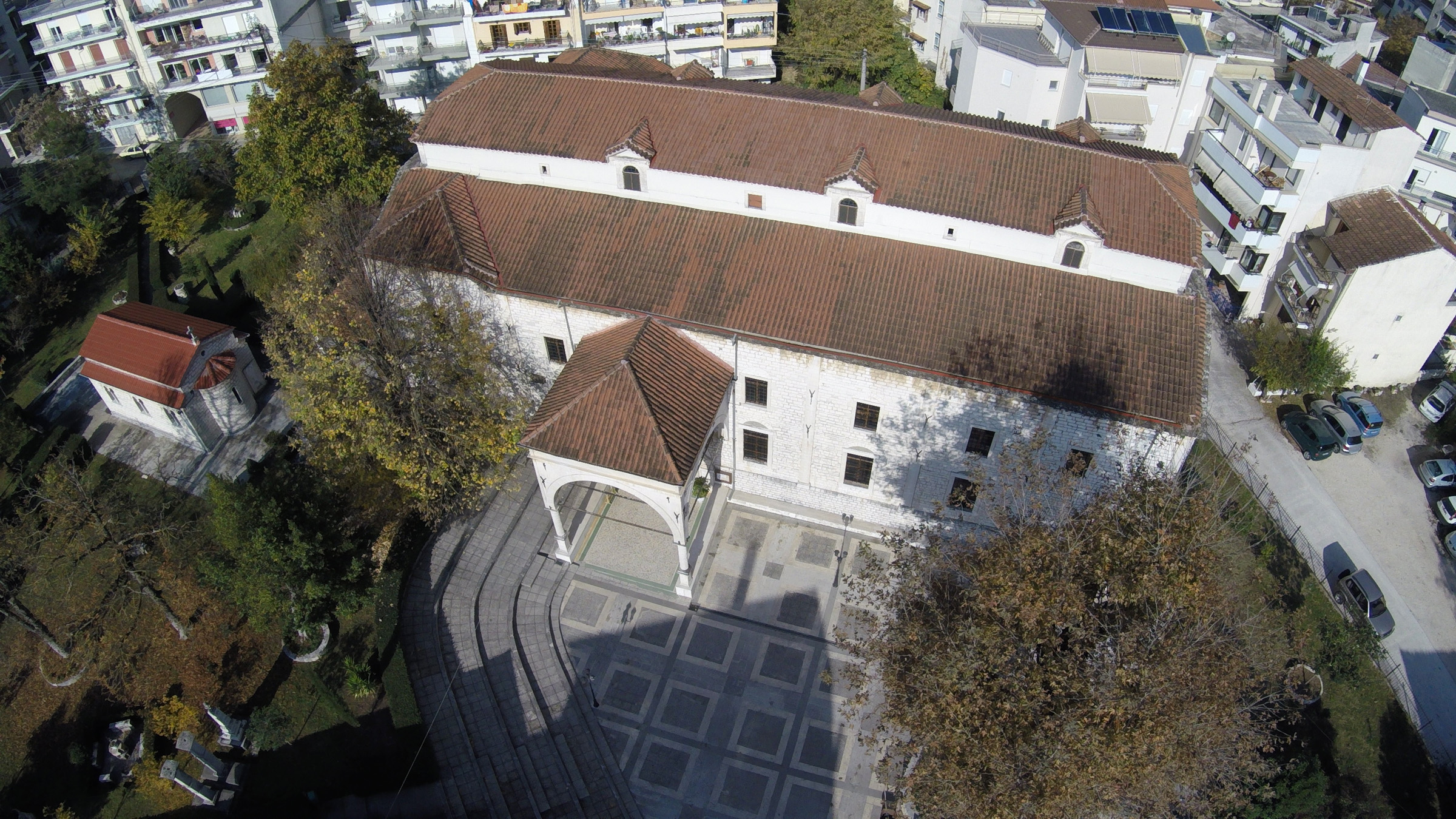In the narrow valley east of Tomaros mountain lies the temple of Dodoni, which in ancient times was the religious center of north-western Greece and was associated with the worship of the father of the gods, Zeus. Dodoni was known for its famous oracle, which according to tradition was the oldest one in the Greek territory, an element confirmed by the reports of the Homeric epics. The first worship seems to have been that of goddess Earth or some other female deity related with fertility, while the worship of Zeus at Dodoni was introduced by Selloi, a Thesprotian tribe , and soon became a dominant worship. “Naios” was one of Zeus’s surnames; Dione was worshiped as his wife, according to local tradition, while gradually the worship of their daughter Aphrodite and that of Themis (who was worshiped together with Dione as “naioi gods” (meaning housed in the same temple) was added.
In its initial form the sanctuary was outdoor and various ceremonies took place around the sacred tree (sacred oak or beech), where the pair of gods lived. Since the 8th century. B.C. dedications from southern Greece arrived at the sanctuary, especially bronze tripods, statuettes, jewelery and weapons, which were associated with the settlement of people from other Greek cities in the continental coast. The sanctuary was still outdoors and the sacred tree of the area was defined by a kind of enclosure formed by bronze tripods.
It reached its peak in the 3rd century BC, during the reign of Pyrrhus (297-272 BC), who attributed a monumental character to the sanctuary. At the same period the other temples and the most impressive buildings were constructed , like the theater, the parliament, the prytaneum and the stadium, where the “Naia” (competitions in honor of Zeus) were celebrated every 4 years.
In Roman times the sanctuary functioned in a different way, while the theater was converted into an arena that Emperor Hadrian visited around 132 AD. The oracle and the festivities in honor of Zeus kept on attracting believers until the 4th century AD. Then the ancient cult was replaced by Christianity and a Christian basilica church was built in the sanctuary, while the sacred oak tree was cut.



















